Have you ever wondered what makes our Earth so interesting? Geography is full of surprises! From mysterious islands to giant mountains, Earth is a captivating place. Let’s explore some fun facts about geography that will blow your mind. Ready for an exciting journey?
Key Takeaways
- Geography includes surprising and fun facts about our planet.
- Mount Everest is the tallest mountain on Earth.
- The Amazon River is the largest by volume in the world.
- Australia is both a country and a continent.
- There are 195 countries in the world today.
Surprising Islands and Continents
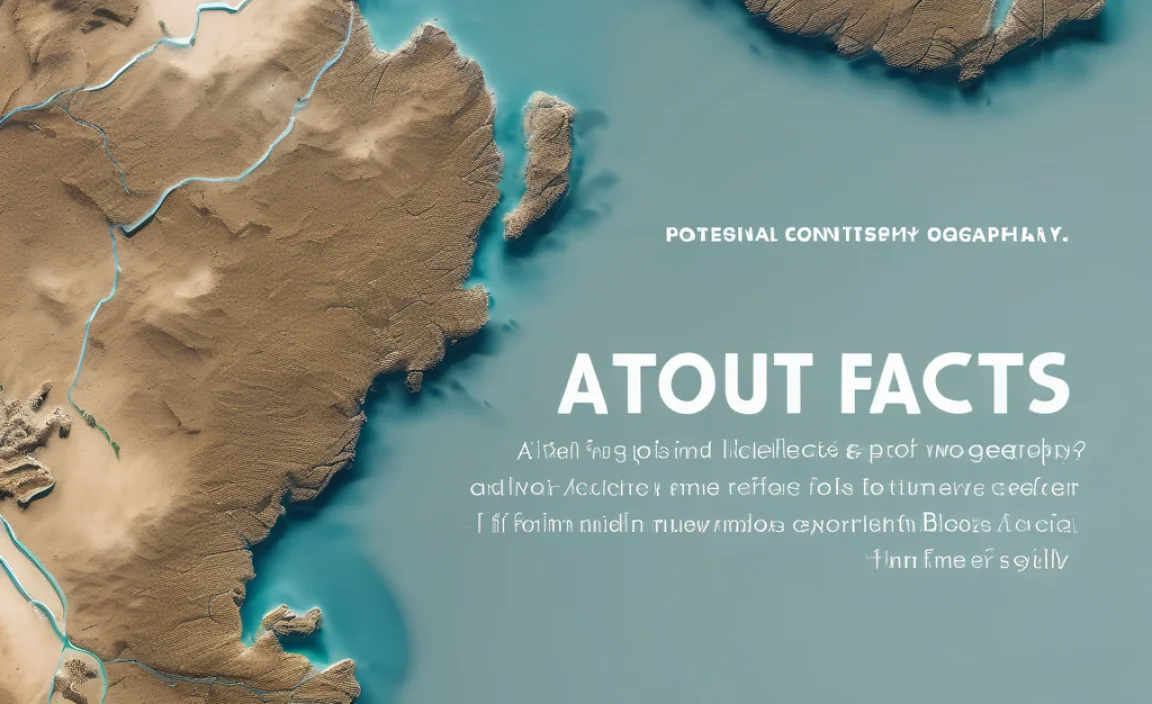
Islands and continents are fascinating. Did you know Australia is both a country and a continent? It’s a giant landmass surrounded by water. Greenland is the world’s largest island. But did you know it’s not a continent? Continents are much larger and have diverse ecosystems. The interesting thing about islands is that they can be formed by underwater volcanoes. This makes them unique!
- Australia is the smallest continent.
- Antarctica is the coldest continent.
- Greenland is not a continent.
- Islands can form from volcanoes.
- Islands are surrounded by water.
- Continent sizes vary greatly.
- Africa is home to the Sahara Desert.
Islands and continents hold many secrets. They have different weather, animals, and plants. While continents are vast, islands can be tiny. Some islands are so small that only a few people live there. Others, like Japan, are home to millions. Each island and continent has its own story to tell. It’s amazing to think about how these landforms came to be!
Fun Fact or Stats: Greenland covers over 2 million square kilometers!
What Makes Continents Special?
Continents are massive. Each has a unique identity. For example, South America is known for the Amazon rainforest. North America has the Rocky Mountains. Europe has a rich history with castles and ancient cities. Asia is the largest continent. It has diverse cultures and languages. Africa is home to the Sahara Desert and the Nile River. Isn’t it fascinating how different each continent is?
Why Are Islands So Unique?
Islands are magical places. They’re often isolated from the mainland. This can lead to unique plants and animals. The Galapagos Islands inspired Charles Darwin’s theory of evolution. Hawaii is known for its beautiful beaches and volcanoes. Madagascar has animals you won’t find anywhere else. Every island has its own charm and mystery. Which island would you like to visit?
How Do Islands Form?
Have you ever wondered how islands form? Many islands are born from volcanic eruptions. When a volcano erupts underwater, lava piles up and eventually forms land. Some islands form when land breaks away from continents. Others are made of coral reefs. Each island has a fascinating origin story. Next time you see an island, think about its journey!
The Tallest Mountains
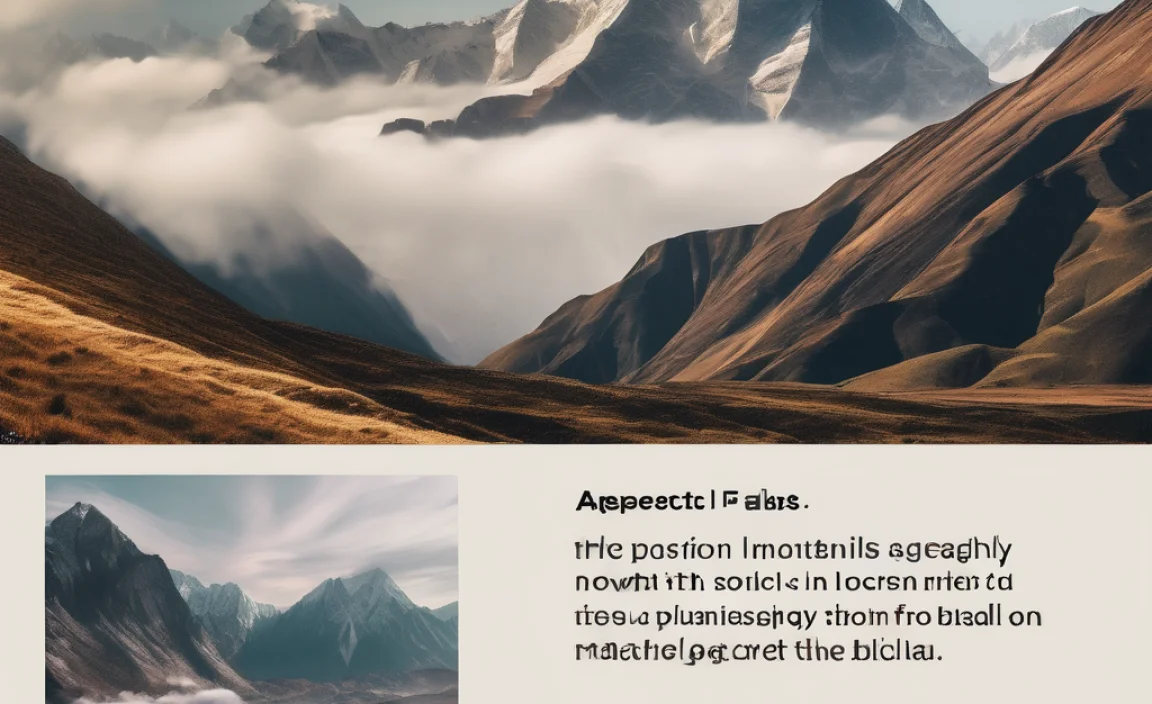
Mountains are breathtaking. They stand tall and majestic. Mount Everest is the tallest mountain on Earth. It rises over 29,000 feet high! Located in the Himalayas, it’s a challenging climb even for experienced hikers. But did you know there are underwater mountains too? They’re called seamounts. While we can’t see them, they’re still part of Earth’s geography. Mountains come in many shapes and sizes, each with its own tale.
- Mount Everest is the highest mountain.
- Mountains can form from tectonic plates.
- Some mountains are under the sea.
- Mountains affect weather patterns.
- They provide habitats for animals.
- Mountains are made of rock and soil.
- They offer stunning views.
Mountains have a huge impact on our world. They affect weather patterns and provide homes for various animals. Mountains can be rocky, snowy, or even grassy. Some people live at the base of mountains, while others visit to hike and enjoy the scenery. Have you ever climbed a mountain or visited one? It’s an unforgettable experience.
Fun Fact or Stats: The Himalayas stretch across five countries!
Why Are Mountains Important?
Mountains are crucial to our planet. They act as water towers, storing snow and ice. This water feeds rivers and lakes when it melts. Mountains also influence the climate. They block rain, creating dry areas like deserts. Mountains provide habitats for many animals, from snow leopards to mountain goats. They offer breathtaking views and outdoor adventures. Isn’t it amazing how much mountains contribute to Earth?
How Do Mountains Form?
Mountains form in several ways. Most are created by tectonic plates colliding. This collision pushes land upwards, forming a mountain. Some mountains are formed by volcanic activity. Others are shaped by erosion, where wind and water wear down rock. Each mountain’s formation is a journey through time. Next time you see a mountain, think about its history!
What’s the Tallest Mountain?
Mount Everest holds the title for the tallest mountain above sea level. It’s in the Himalayas, between Nepal and China. Climbing Everest is no easy task. It requires training and preparation. Many people dream of reaching its summit. While Everest is the tallest above sea level, Mauna Kea in Hawaii is taller when measured from its base below the ocean. Isn’t that an interesting twist?
The Largest Rivers
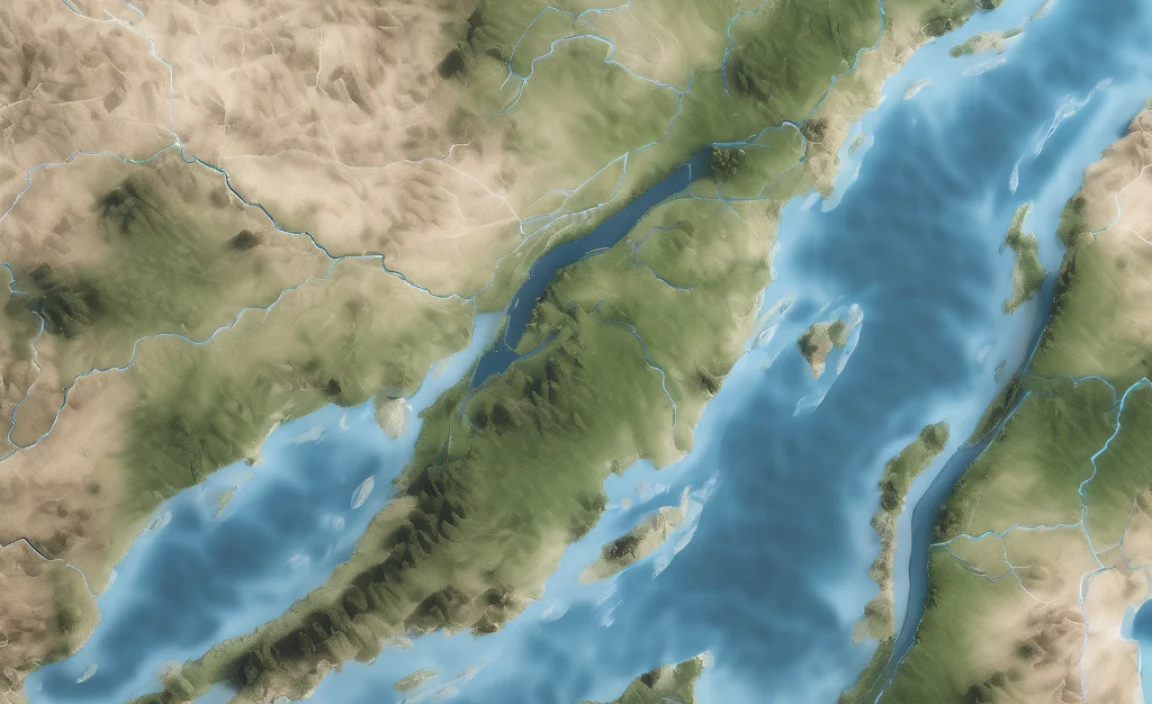
Rivers are Earth’s lifelines. The Amazon River is the largest by volume. It flows through South America, carrying more water than any other river. The Nile River is famous for being the longest. It flows through northeastern Africa. Rivers provide water for drinking, farming, and transportation. They support countless plants and animals. Rivers connect different places and tell stories of their own.
- The Amazon is the largest river by volume.
- The Nile is the longest river.
- Rivers provide drinking water.
- They support diverse ecosystems.
- Rivers are used for transportation.
- They shape the landscape.
- Rivers flow through many countries.
Rivers are dynamic and ever-changing. They carve through landscapes, creating valleys and canyons. Some rivers are slow and meandering, while others rush quickly. People have lived by rivers for thousands of years. They provide fish for food and water to grow crops. Rivers are a vital part of Earth’s geography and our daily lives. Have you ever visited a river and watched it flow?
Fun Fact or Stats: The Amazon River has over 1,100 tributaries!
Why Are Rivers Important?
Rivers are essential to life on Earth. They provide fresh water for drinking and agriculture. Rivers support diverse ecosystems, home to fish, birds, and plants. They are natural highways, allowing people to travel and trade. Rivers shape the landscape, creating fertile valleys for farming. They’ve been centers of human civilization for ages. Imagine life without rivers. It’s hard, isn’t it?
How Do Rivers Form?
Rivers form from melting snow, springs, and rainfall. Water flows downhill, joining other streams. Together, they form a river. Over time, rivers carve paths through the land, creating valleys. Some rivers flow into lakes or seas. Others disappear into the ground. Rivers are always on the move. Next time you see a river, think about its journey from mountain to sea!
What’s the Longest River?
The Nile River is often considered the longest river. It flows over 4,100 miles through Africa. The Amazon River, while not the longest, carries the most water. Both rivers have played significant roles in history. They’ve supported civilizations and inspired countless stories. Each river has its own path and purpose. Which river would you like to explore?
The Mysteries of Deserts
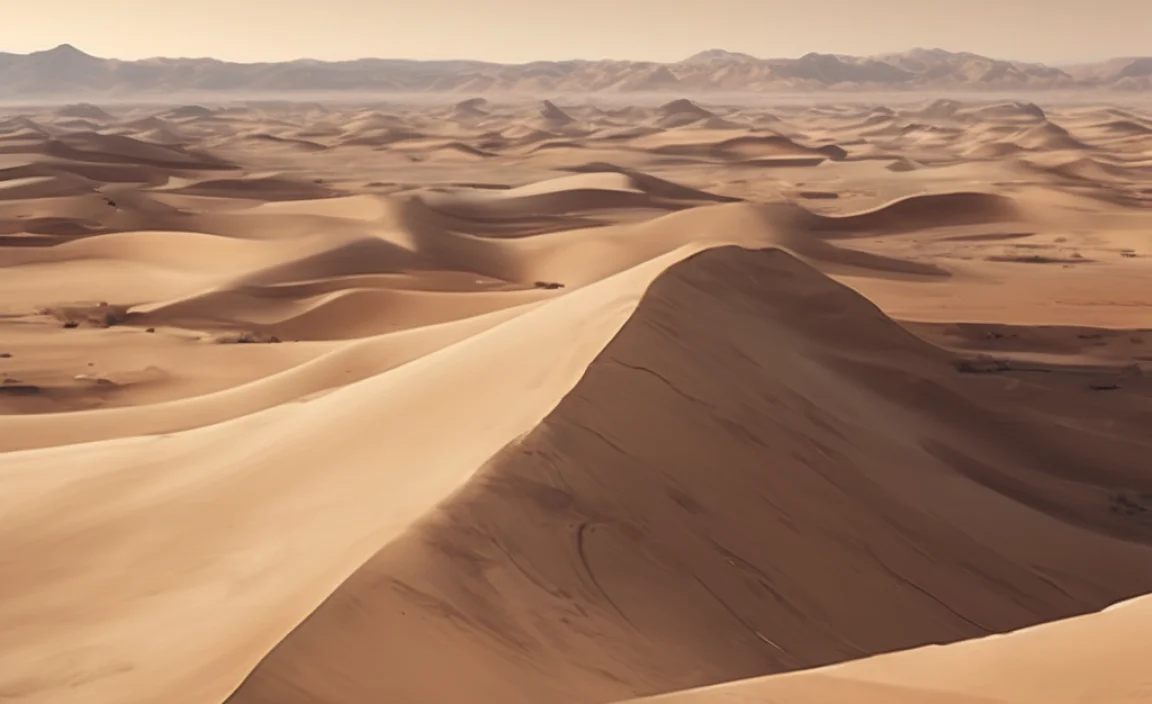
Deserts are dry and hot. The Sahara is the largest hot desert in the world. It covers much of North Africa. But not all deserts are sandy. The Antarctic Desert is cold and icy. Deserts receive very little rain. They have extreme temperatures. Despite harsh conditions, deserts are home to unique plants and animals. Ever heard of the camel’s special adaptations? They’re truly amazing!
- The Sahara is the largest hot desert.
- Deserts can be hot or cold.
- Minimal rainfall defines deserts.
- Deserts have unique wildlife.
- Camels adapt to desert life.
- Deserts cover one-third of Earth’s land.
- Some deserts are icy.
Deserts are full of surprises. They may seem empty, but life thrives there. From cacti to snakes and scorpions, many creatures call deserts home. Deserts challenge plants and animals to adapt. Camels, for instance, store fat in their humps to survive without water. Isn’t it incredible how life finds a way even in the driest places?
Fun Fact or Stats: The Sahara Desert spans 3.6 million square miles!
Why Are Deserts Important?
Deserts play a crucial role in Earth’s ecosystem. They act as barriers, preventing the spread of certain species. Deserts offer unique landscapes for study. They help us understand climate and survival. Despite being dry, deserts store vast amounts of minerals. They offer opportunities for solar energy. Deserts are more than just sandy wastelands. Can you imagine a world without deserts?
How Do Animals Survive in Deserts?
Desert animals have amazing adaptations. Camels can go for days without water. Fennec foxes have large ears to dissipate heat. Cacti store water in their stems. Snakes and lizards burrow to escape the sun. Many desert animals are active at night when it’s cooler. Survival in the desert is a true test of nature’s creativity. Isn’t it fascinating how life thrives in harsh conditions?
What Defines a Desert?
Deserts are defined by their lack of rain. They receive less than 10 inches of rain a year. This scarcity of water shapes life in the desert. Temperatures can be extreme, with hot days and cold nights. Deserts can be hot like the Sahara or cold like Antarctica. Despite the dry conditions, deserts are vibrant ecosystems. Can you believe such variety exists in these dry places?
The Wonders of Oceans
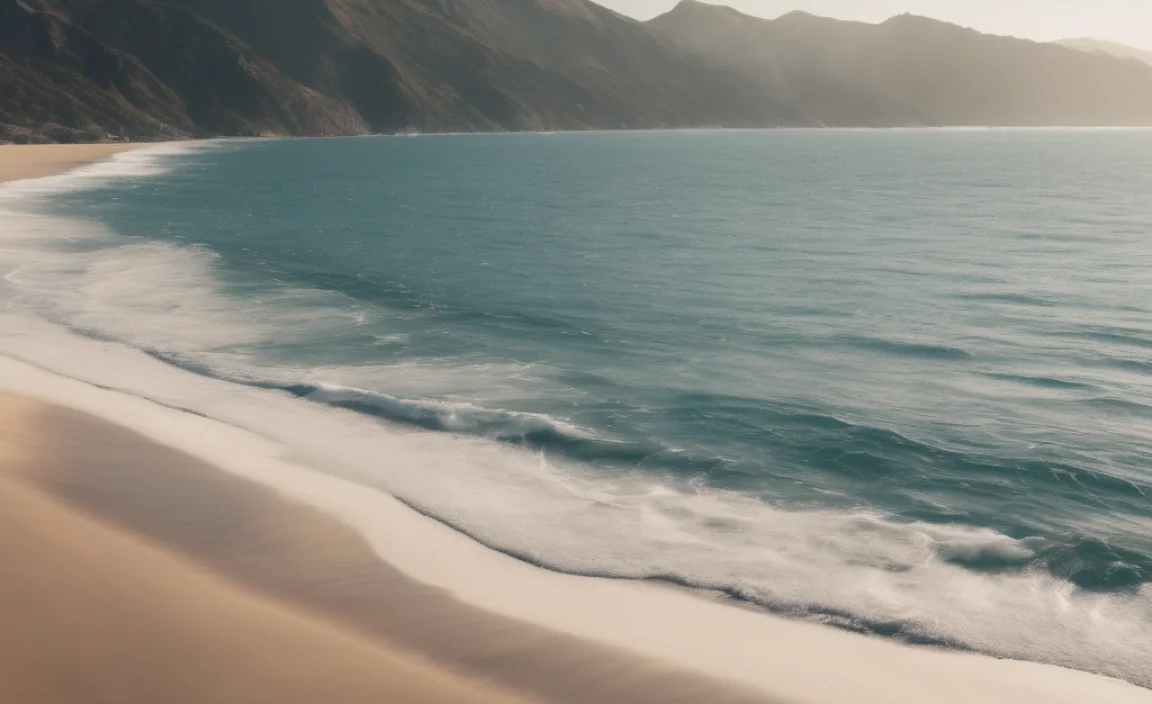
Oceans cover over 70% of Earth’s surface. They’re vast and full of mysteries. The Pacific Ocean is the largest. It holds more water than all Earth’s land combined. Oceans are home to a wide variety of life. From tiny plankton to giant whales, the ocean is a bustling world. Oceans affect the weather and climate. They provide us with food and oxygen. The ocean is a world worth exploring!
- Oceans cover 70% of Earth.
- The Pacific is the largest ocean.
- Oceans support diverse marine life.
- They influence weather and climate.
- Oceans provide food and oxygen.
- They are crucial for Earth’s balance.
- Oceans have mysterious depths.
Oceans are fascinating. They have unexplored depths and unique creatures. Oceans connect continents and cultures. They provide highways for ships and adventures. Oceans play a key role in Earth’s water cycle. They store heat and regulate temperatures. Oceans are crucial for life on Earth. Next time you visit the beach, remember the ocean’s importance!
Fun Fact or Stats: The Mariana Trench is the deepest ocean spot, over 36,000 feet deep!
Why Are Oceans Important?
Oceans are vital for life. They produce oxygen, which we need to breathe. Oceans absorb carbon dioxide, helping to balance our atmosphere. They provide food through fish and seafood. Oceans regulate climate and weather patterns. They influence currents and temperatures. Oceans are also key to the water cycle. Isn’t it amazing how much oceans do for us?
What Lives in the Ocean?
The ocean is teeming with life. It hosts colorful coral reefs, home to countless fish. Sharks patrol the open waters. Whales sing their songs in the deep. Tiny plankton drift with the currents. Creatures like jellyfish and octopuses roam the depths. The ocean’s diversity is astounding. Can you imagine what else is waiting to be discovered below the waves?
How Do Oceans Affect Weather?
Oceans influence weather and climate. They absorb and store the sun’s heat. This heat drives weather patterns and ocean currents. Oceans create rain by evaporating water into the air. Currents like the Gulf Stream affect temperatures. Oceans help moderate Earth’s climate, keeping it stable. Next time you see a weather report, think about the ocean’s role!
| Ocean | Area (Million Sq. Km) | Average Depth (Meters) | Notable Feature |
|---|---|---|---|
| Pacific | 168 | 4,280 | Largest ocean |
| Atlantic | 85 | 3,646 | Gulf Stream |
| Indian | 70 | 3,741 | Monsoon influence |
| Arctic | 15 | 1,038 | Coldest ocean |
Conclusion
Geography reveals the wonders of our Earth. Fun facts about geography help us appreciate our planet. From towering mountains to vast oceans, each part of Earth is unique. Geography connects us with nature and cultures. It teaches us about the world’s past and future. Keep exploring and discovering the amazing world we live in!
FAQs
Question: What is the tallest mountain on Earth?
Answer: Mount Everest is the tallest mountain above sea level. It stands over 29,000 feet high in the Himalayas. Many adventurers dream of climbing it. It’s one of the most famous fun facts about geography.
Question: Why are oceans important?
Answer: Oceans are vital for life on Earth. They produce oxygen and absorb carbon dioxide. Oceans provide food and regulate climate. They are home to diverse marine life. Oceans play a major role in Earth’s balance.
Question: How do deserts form?
Answer: Deserts form in areas with low rainfall. They receive less than 10 inches of rain annually. Desert conditions can be hot or cold. Despite the harsh environment, deserts are home to unique life forms.
Question: What is the largest river by volume?
Answer: The Amazon River in South America is the largest by volume. It carries more water than any other river. The Amazon is a major source of fresh water and biodiversity. It’s an important fun fact about geography.
Question: What defines a continent?
Answer: Continents are large landmasses on Earth. They are home to diverse ecosystems and cultures. Continents include Africa, Antarctica, Asia, Australia, Europe, North America, and South America. Each has unique characteristics.
Question: Why are rivers important?
Answer: Rivers are crucial for water supply and ecosystems. They provide drinking water and support wildlife. Rivers have shaped human history through trade and agriculture. They connect lands and cultures, making them essential to geography.











